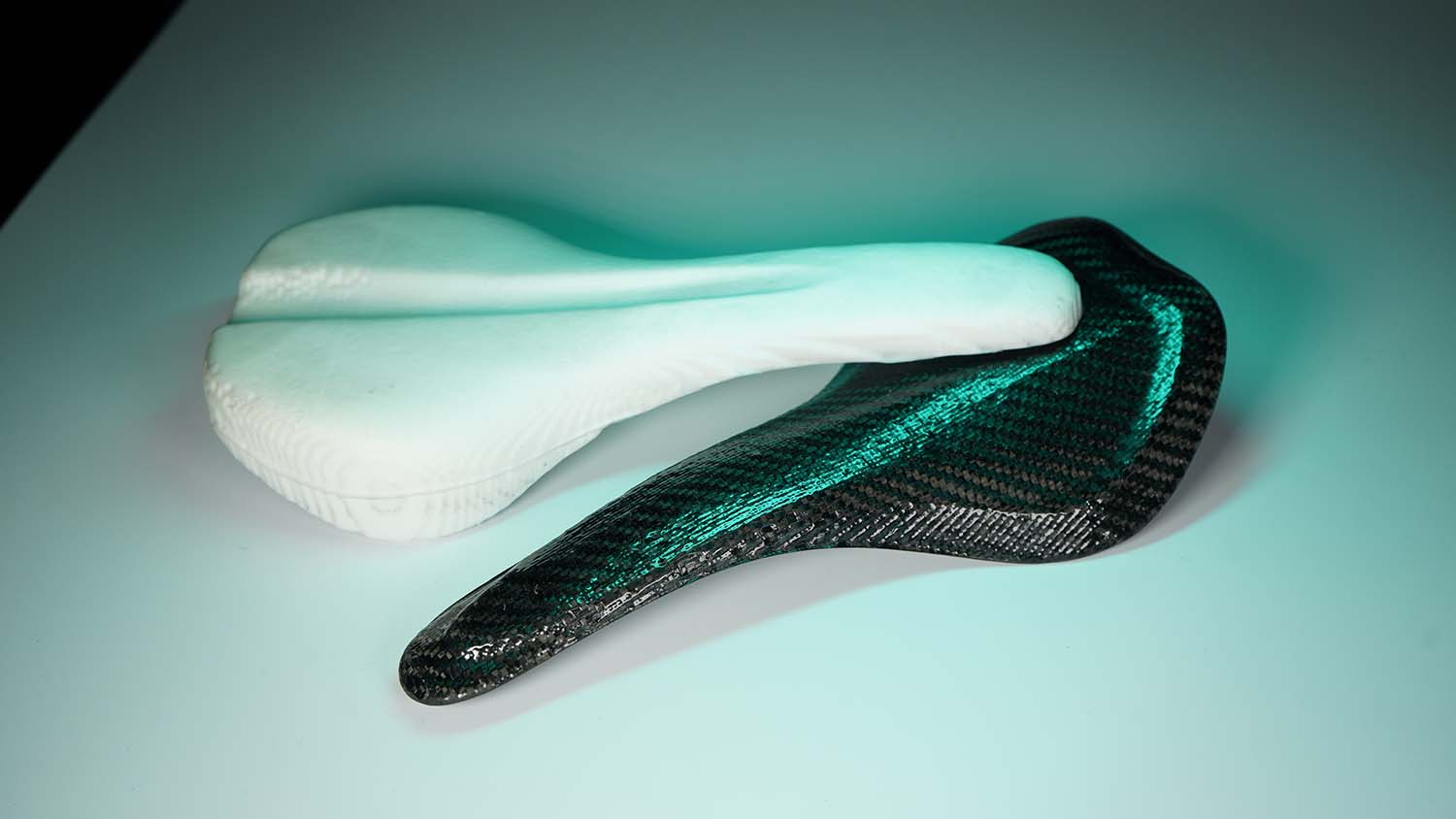In the early universe, just 740 million years ago, an incredible discovery was made by an international team of astronomers using the James Webb Space Telescope. The telescope, capable of exploring the farthest reaches of space, detected a merger of two galaxies and their massive black holes. This is the most distant and primitive merger of black holes ever observed, providing valuable insights into the origin and evolution of these objects in the early universe.
The James Webb Space Telescope’s cameras, developed by NASA, ESA, and CSA, were used to capture this groundbreaking discovery. The details of this discovery were published in the journal Monthly Notices of the Royal Astronomical Society.
Supermassive black holes are found in most massive galaxies like our Milky Way and play a crucial role in their evolution. Understanding how these black holes became so massive is a key question in astronomy. The detection of gigantic black holes at such an early stage in the universe suggests that their growth must have occurred rapidly and early on.
The Webb observations provide evidence that rapid black hole growth through mergers has been a significant influence on galaxy evolution since the early days of the universe. This study also predicts that when the two black holes eventually merge, they will generate gravitational waves detectable by observatories like LISA mission. These findings will help refine models for detecting gravitational waves in this mass range.
Apart from this discovery, the James Webb Space Telescope has revolutionized our understanding of the universe’s early history and the processes that shape galaxies and black holes. Its sophisticated imaging capabilities open new avenues for exploring
:quality(75)/cloudfront-us-east-1.images.arcpublishing.com/elcomercio/GJJQFJPSAJGVFDKPUC675GXJEI.jpg)
:quality(75)/cloudfront-us-east-1.images.arcpublishing.com/elcomercio/JFIFD6EQXRBUZKMVTQGOBV6DYA.jpg)

